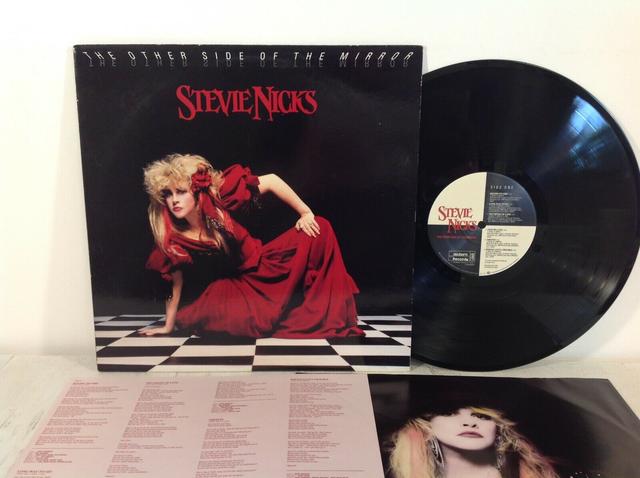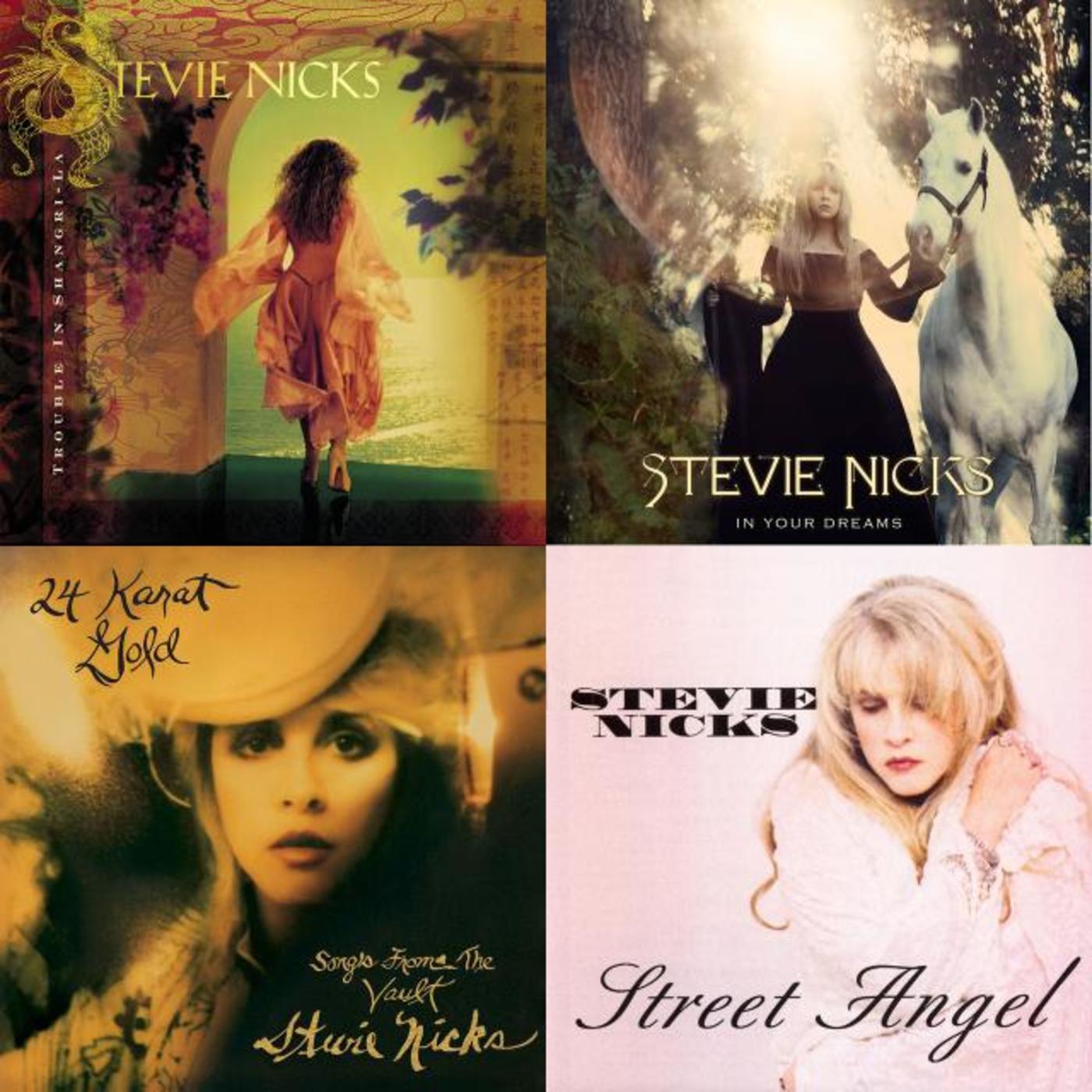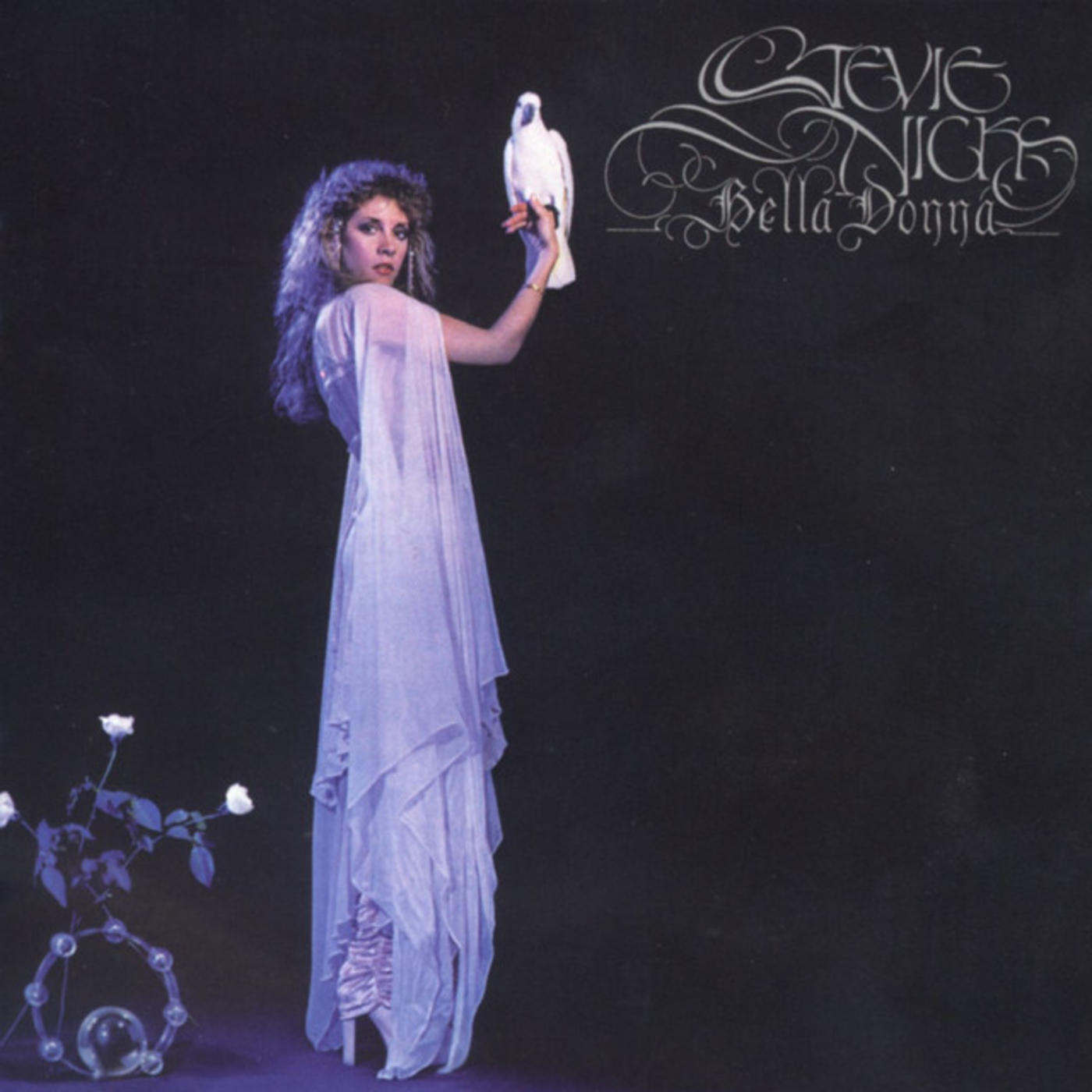Deep Dive: Stevie Nicks, THE OTHER SIDE OF THE MIRROR

By the year 1988, Stevie Nicks was working hard to maintain a balance between Fleetwood Mac and her breakout solo career, which found the singer with three hit albums to her singular credit. With the success of 1987 Fleetwood Mac album, Tango in the Night, however, Nicks' precarious balance was on the verge of a big crash. As the singer shoehorned studio sessions for her fourth solo album during breaks on the grueling Tango in the Night tour, guitarist Lindsey Buckingham turned up the heat.
“When you work with Lindsey he pretty much demands that you’re there,” she explained during an interview in 1989. “And I was also touring. We’d tour for six weeks and come home for a week then I’d bang into the studio to try to be there as much as I could. But Lindsey was not very understanding about that. He felt that I shouldn’t have a solo career. It was like, ‘Oh, thank you so very much for giving us another week of your precious time!’ So it was never a very pleasant experience.”
As Nicks began weaving the story of her fourth solo album, it evolved from a tribute to her grandmother who'd recently passed away (“I called her Crazy Alice; I lost her three months ago and I just loved her so much"), into a concept record loosely connected to Lewis Carroll's famous book, Alice in Wonderland.
“I love making up little fantasy things,” Nicks said. “All the characters in my songs — the Gypsies, the Saras, and on this album, Alice and Juliet — they’re all me. But they’re all different sides of me. It’s a great way to write about what’s going on in your life without telling it in a real serious way, but the point comes over and I think people understand that. I don’t think I started out intending it to have much to do with Alice in Wonderland, though I read it when I was little. But I kept thinking about how I go back and forth from one side of the mirror to the other. And then I have a little space in between, which is when I do other things which nobody really knows about; my painting, my art, my writing."
“That’s my sanity life,” she continued. “That’s when I’m pretty serious and sane. And my Fleetwood Mac life and my Stevie Nicks life, both of those are pretty heavy and I have to scurry back and forth constantly. For the past seven years I’ve been running two straight careers pretty solid, and they’re both big and they’re both demanding.”
Ahead of the album release, Nicks revealed lead single, "Rooms on Fire," in late April 1989: “I guess the single is about when you’re in a crowded room and you see a kind of person and your heart goes, ‘Wow!’ The whole world seems to be ablaze at that particular moment," she explained. "You see, I don’t write fantasy songs. Everything I write is based on personal experience. I guess I’m quite an intense, romantic person. Of course, selling lots of records means you can live a privileged, glamorous lifestyle, but it becomes very lonely as well.” The single peaked at #16 on the Hot 100 the week of July 1, 1989.
May 11, 1989, Stevie Nicks released fourth solo album The Other Side of the Mirror. Fans hungry for new music from the singer eagerly snapped up the new LP, sending it up the charts to peak at #10 for the week of July 8, 1989. The #1 album in America that week: Fine Young Cannibals, The Raw & The Cooked.
The Other Side of the Mirror was also a hit overseas, peaking at #3 on the UK Albums chart. The success inspired her first tour of the UK and Europe, with shows in Sweden, France and the Netherlands among the stops.
“Much of Alice in Stevie Nicks’ Alice is Stevie writing about Alice in parallel back to Stevie, so I’m really writing about Alice’s adventures as in comparison to my adventures,” she once explained. “For Alice to run back and forth between the looking glass is kind of what I perceive my whole life to be, running back and forth between two places — which is obviously my career with Fleetwood Mac and my career by myself. And then of course, there’s the other part of my life, which is my own life, which there isn’t very much of. But I always seem to be running to one place or the other.”


